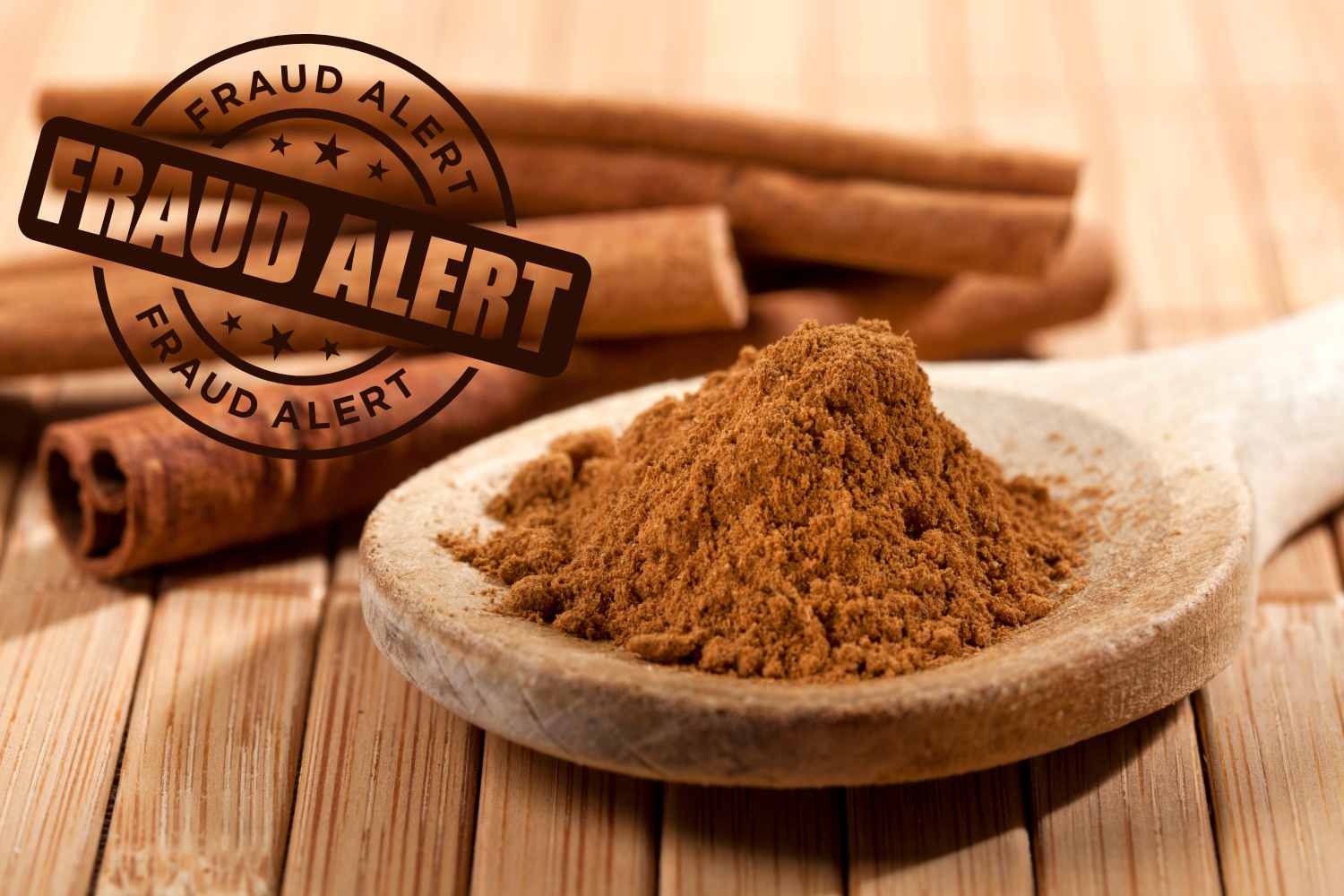A study revealed that over two-thirds of cinnamon sold in Europe, including Italy, fails to meet quality or safety standards. Essentially, it may be adulterated with other substances or contaminated by heavy metals

Table of contents
Spices don’t always guarantee the naturalness and purity we expect, and sometimes they can hide adulterations and contaminations. After cases in recent years involving certain varieties, such as oregano (whose situation, at least in Italy, has improved), attention has now shifted to cinnamon, which according to a recent European study is often altered and even potentially hazardous to health.
We’re talking about a recent study, published in npj Science of Food and conducted by the Joint Research Centre (JRC) of the European Commission, which has raised a serious alarm by discovering that most of the cinnamon sold in European supermarkets and markets is adulterated or fails to meet safety limits.
The study
The JRC collected and analyzed cinnamon samples purchased in 10 European Union countries, as well as in the United Kingdom, Serbia, and Sri Lanka. Both sticks and powder were examined, sourced mainly from Sri Lanka, Madagascar, Vietnam, India, and Indonesia.
The results spoke clearly: of the 104 samples analyzed, over 66% failed to meet standards, revealing a picture of fraud, contamination, and health risks for consumers.
Cinnamon is among the most beloved and widely used spices in the world, used not only in sweets and beverages but also in supplements and natural remedies. It is now the fifth most imported spice in Europe, and it’s clear that the increase in demand, along with the steady rise in prices (about +10% annually since 2017), has made it an increasingly attractive target for food fraud.
Cases of spice adulteration have been documented in the past, but this new investigation confirms that the phenomenon is far from marginal.
What they found in cinnamon
The analyses revealed widespread irregularities, from the presence of contaminants to fraudulent variety substitution, to improper processing practices.
One of the most significant aspects concerns the substitution of prized Ceylon cinnamon, native to Sri Lanka, with the cheaper Cassia, mainly cultivated in Myanmar, Indonesia, and China.
About 9% of products labeled as “Ceylon” were actually Cassia or mixtures of the two. This substitution is not just commercial fraud: Cassia contains much higher levels of coumarin, a substance that can be toxic to the liver if consumed in excessive doses.
But the most serious issue concerns certain contaminants like lead and chromium, and coumarin levels exceeding limits.
Here are the most concerning data in summary:
- 10 samples exceeded EU lead limits (2 mg/kg or 0.07 oz/lb)
- 31 presented coumarin concentrations high enough to represent a risk, especially for children
- 19 showed unusually high levels of chromium (between 2 and 20 mg/kg or 0.07-0.7 oz/lb), a metal for which no EU limits yet exist
- 13 products had excess sulfites, probably used during processing or preservation
These substances, if regularly consumed through diet, can have health consequences, particularly for more sensitive individuals.
Experts then highlighted adulterations more complex than simple variety substitution. In several cases, prized bark was mixed with less noble parts of the plant, such as roots, leaves, or flowers; some samples showed abnormal ash content, indicating contamination or poor production processes; in others, traces of foreign spices were found, such as cloves or pepper, and even onion, fenugreek, and rice.
These are signs suggesting a long, complex, and opaque supply chain, where fraud can easily infiltrate.
How to protect yourself
In summary, only one in three samples actually met standards. Beyond the economic risk of paying for an adulterated product, consumers face a real safety problem: heavy metals, excess sulfites, and coumarin in high doses should not be underestimated.
The JRC research confirms the need for greater controls along the supply chain, not only to protect the health of European citizens but also to ensure fairness toward serious and transparent producers.
What can we do to avoid purchasing adulterated cinnamon?
The experts’ advice is to prefer reliable and certified brands, being wary of products that are too cheap or of unclear origin.
Source: npj Science of Food
